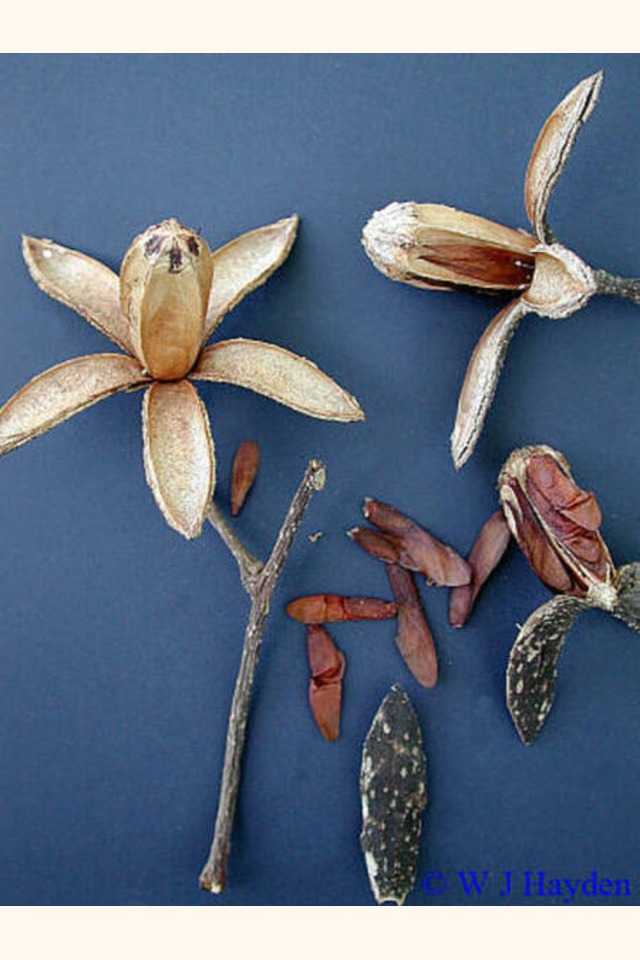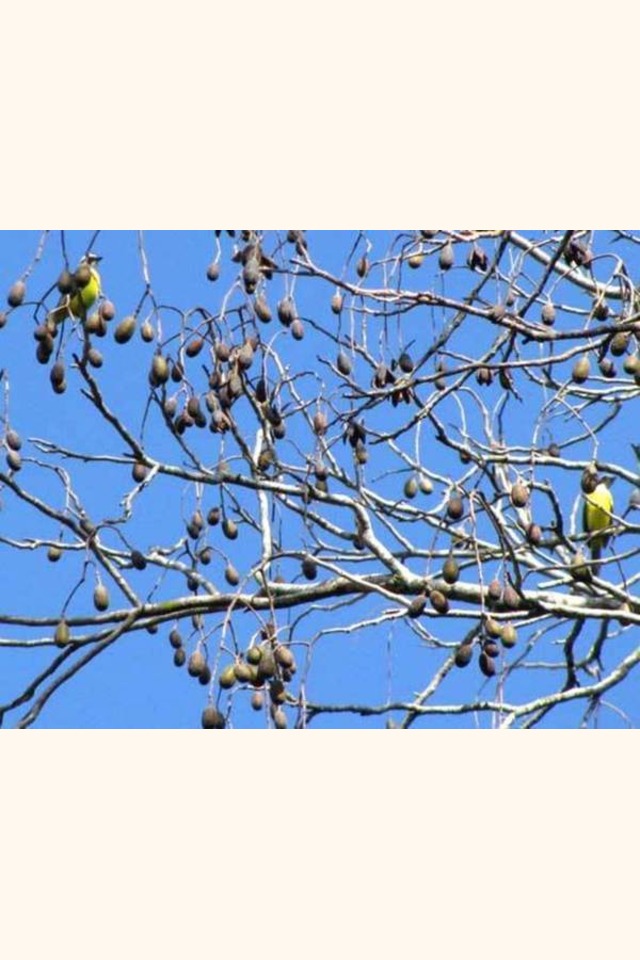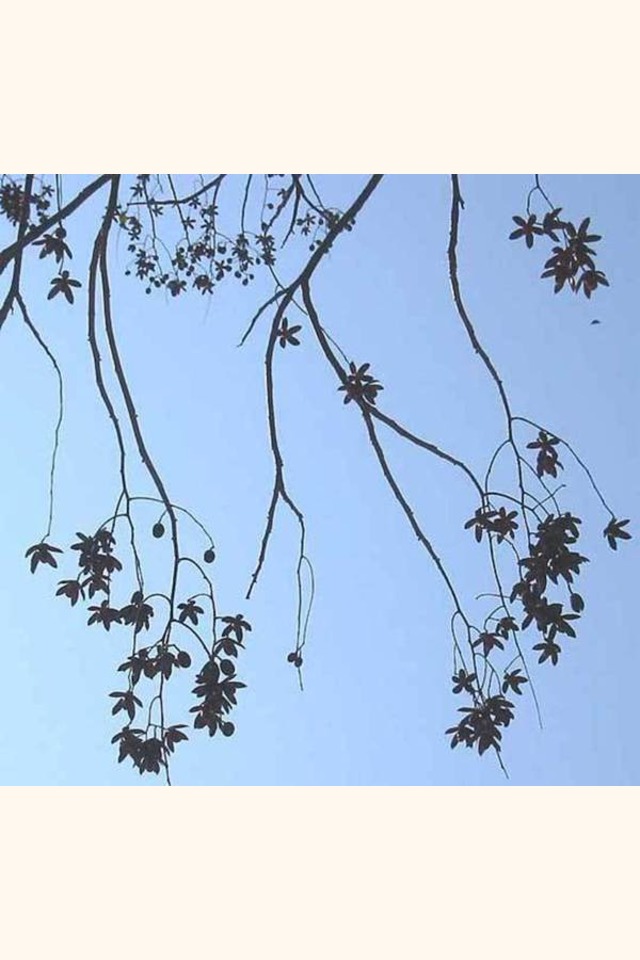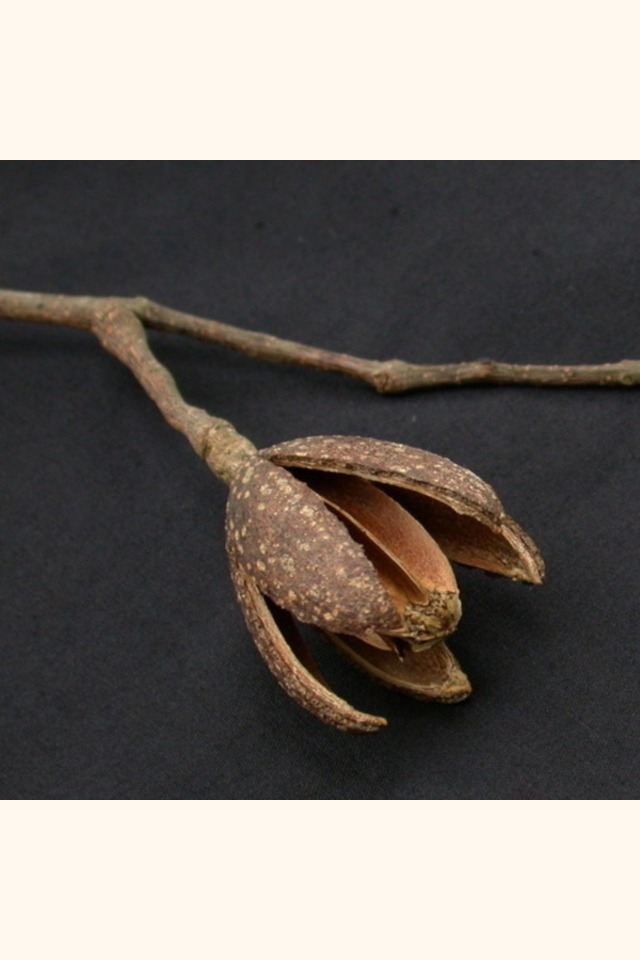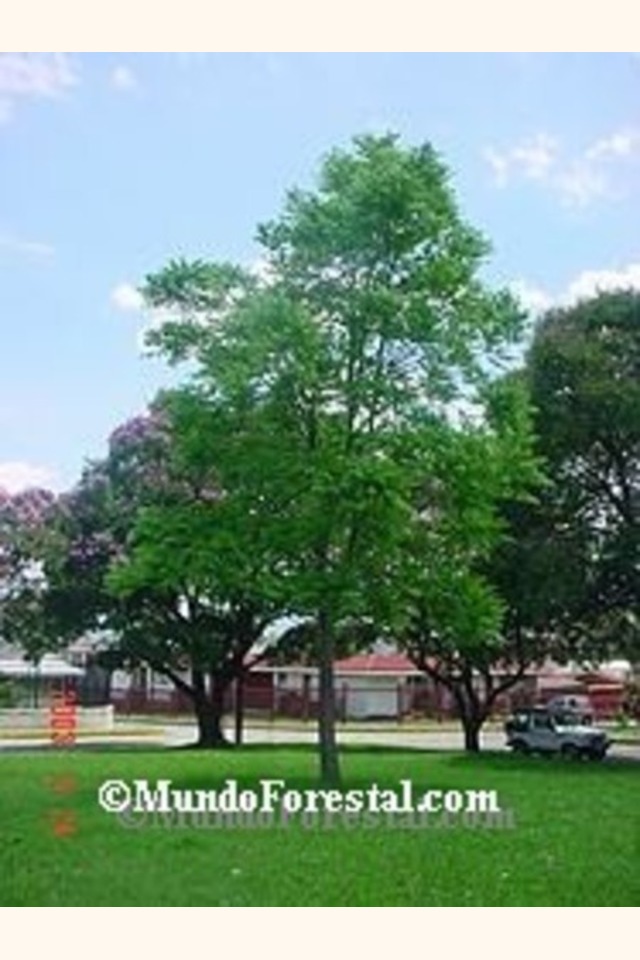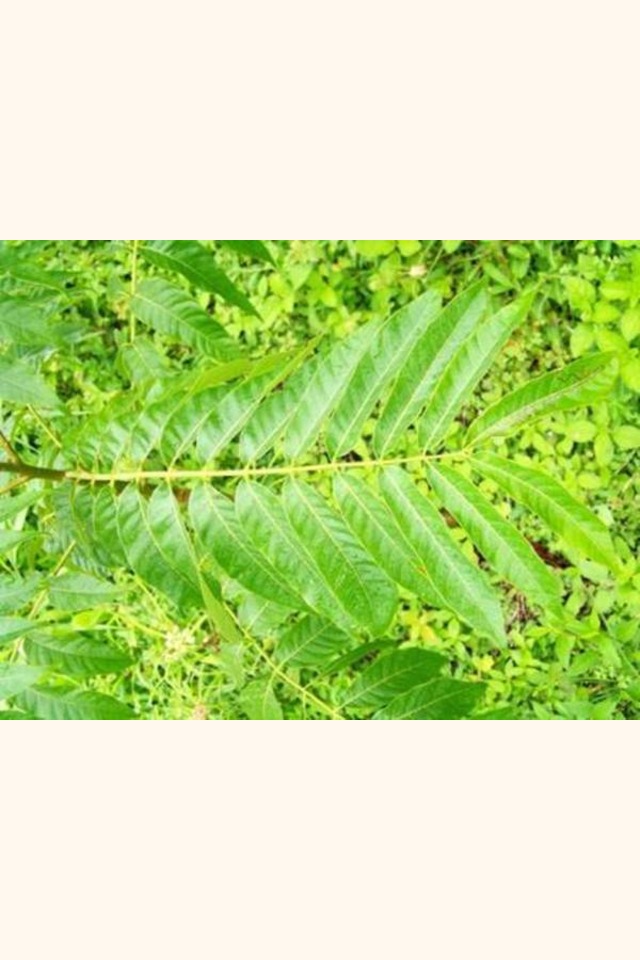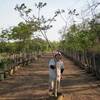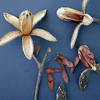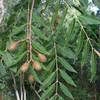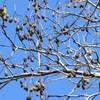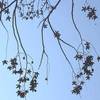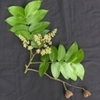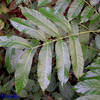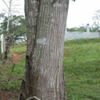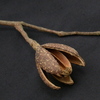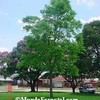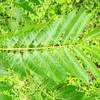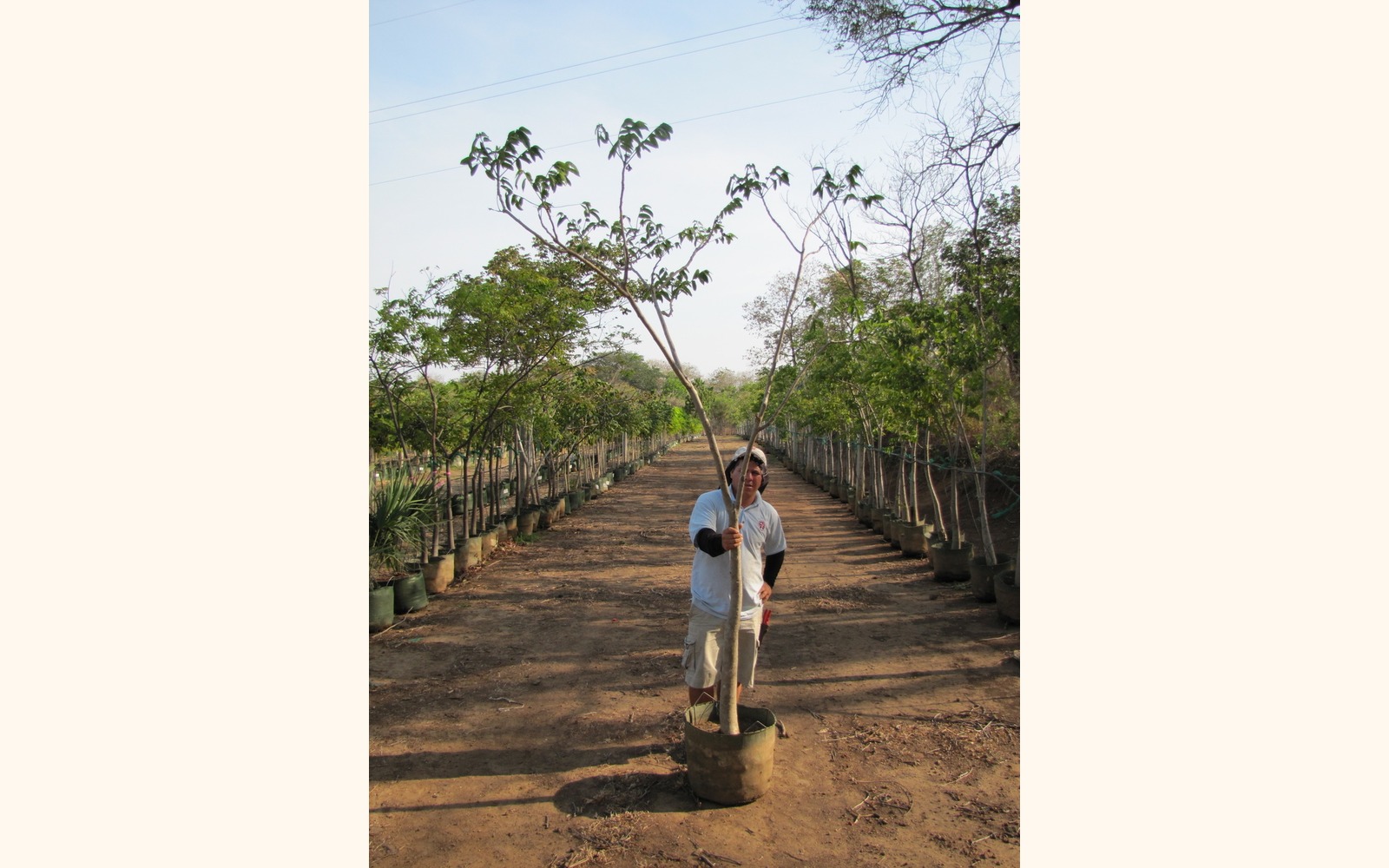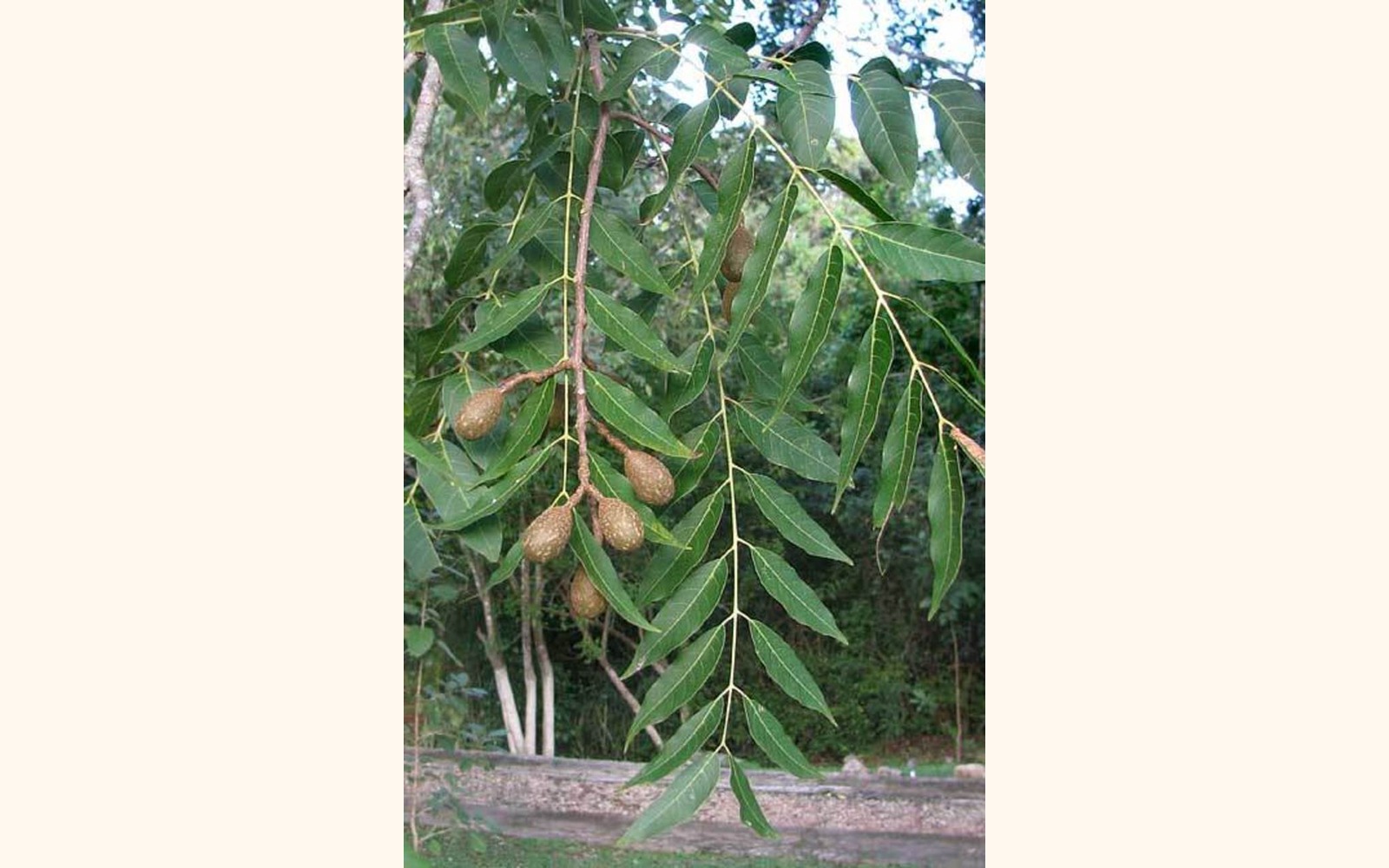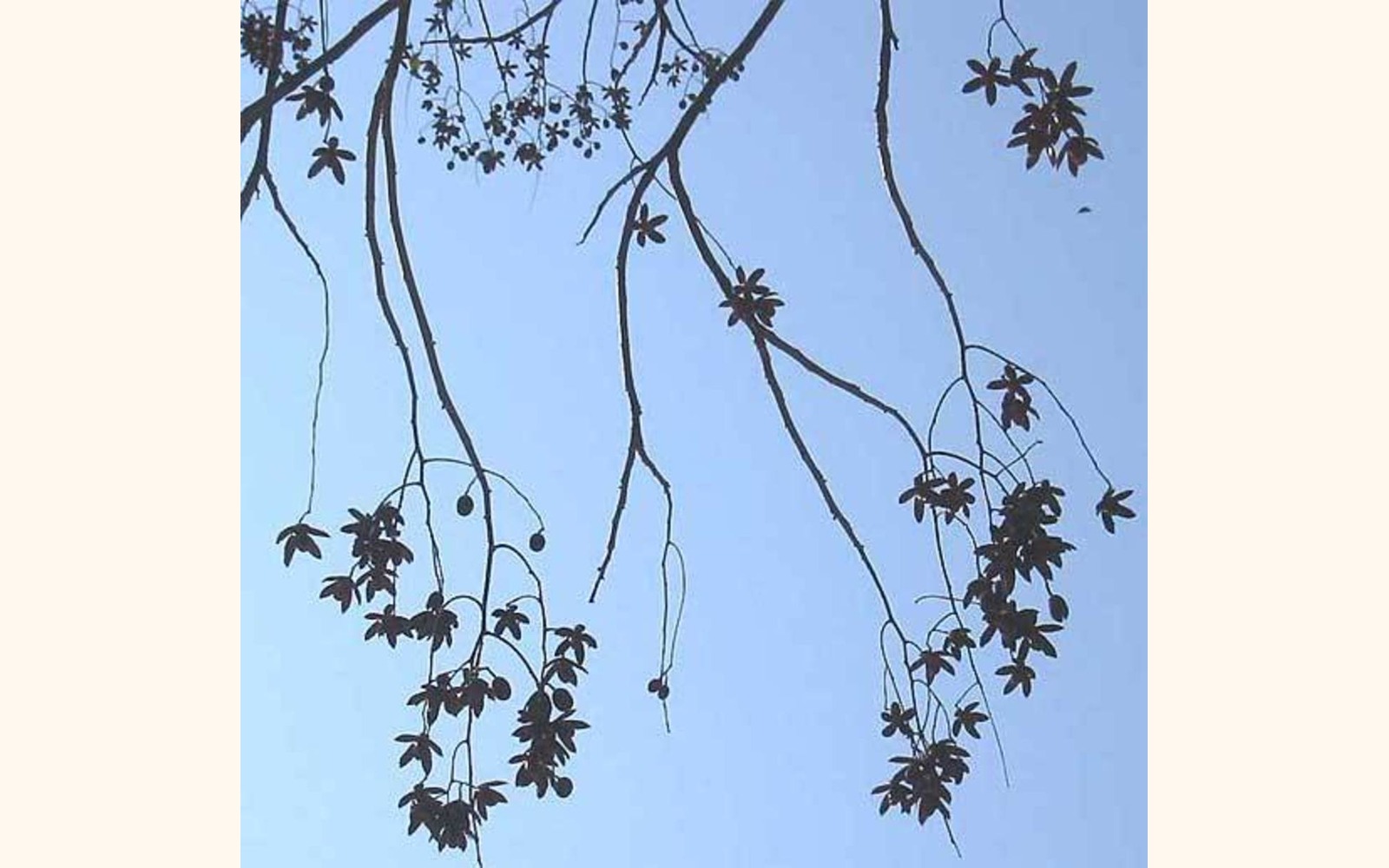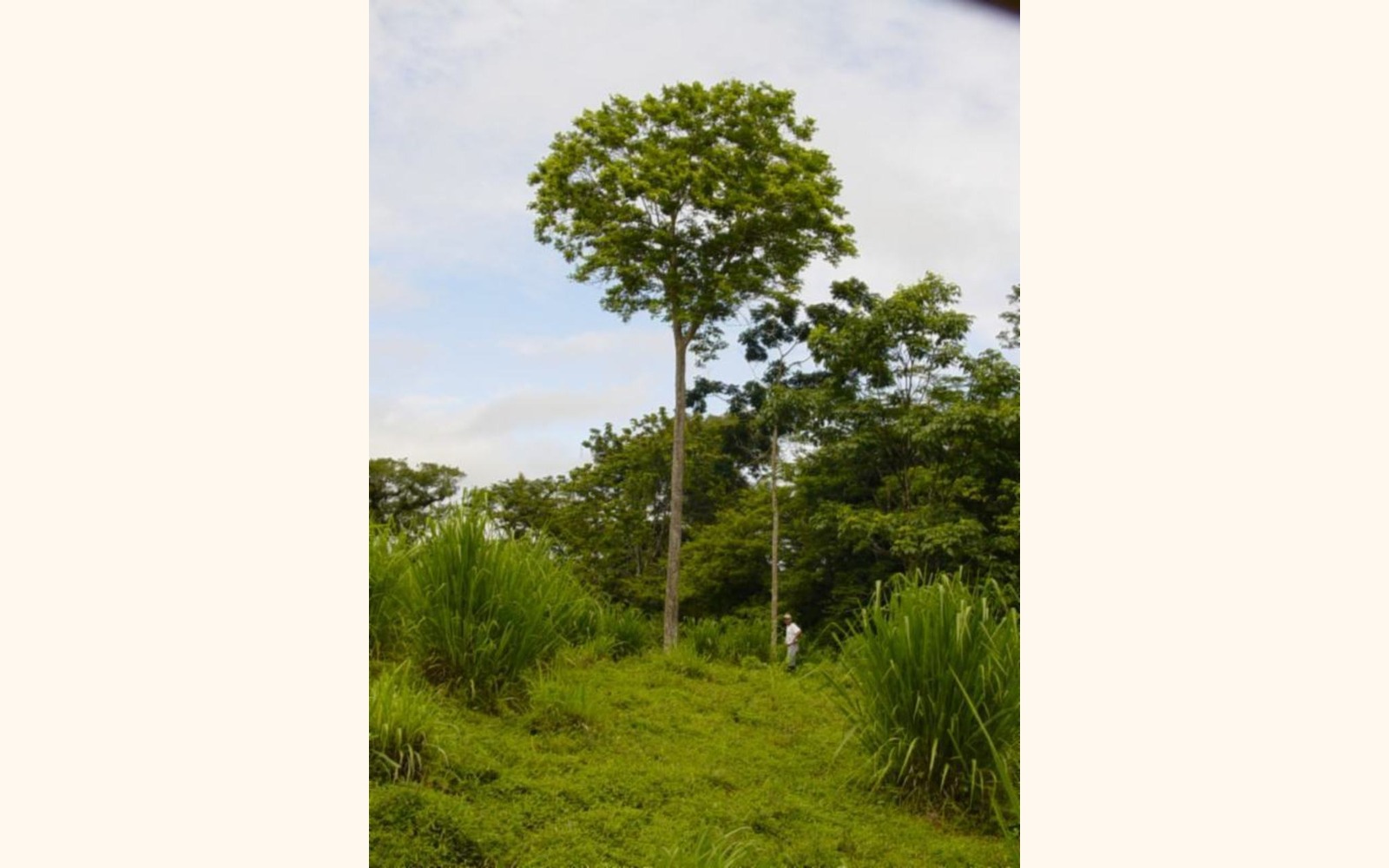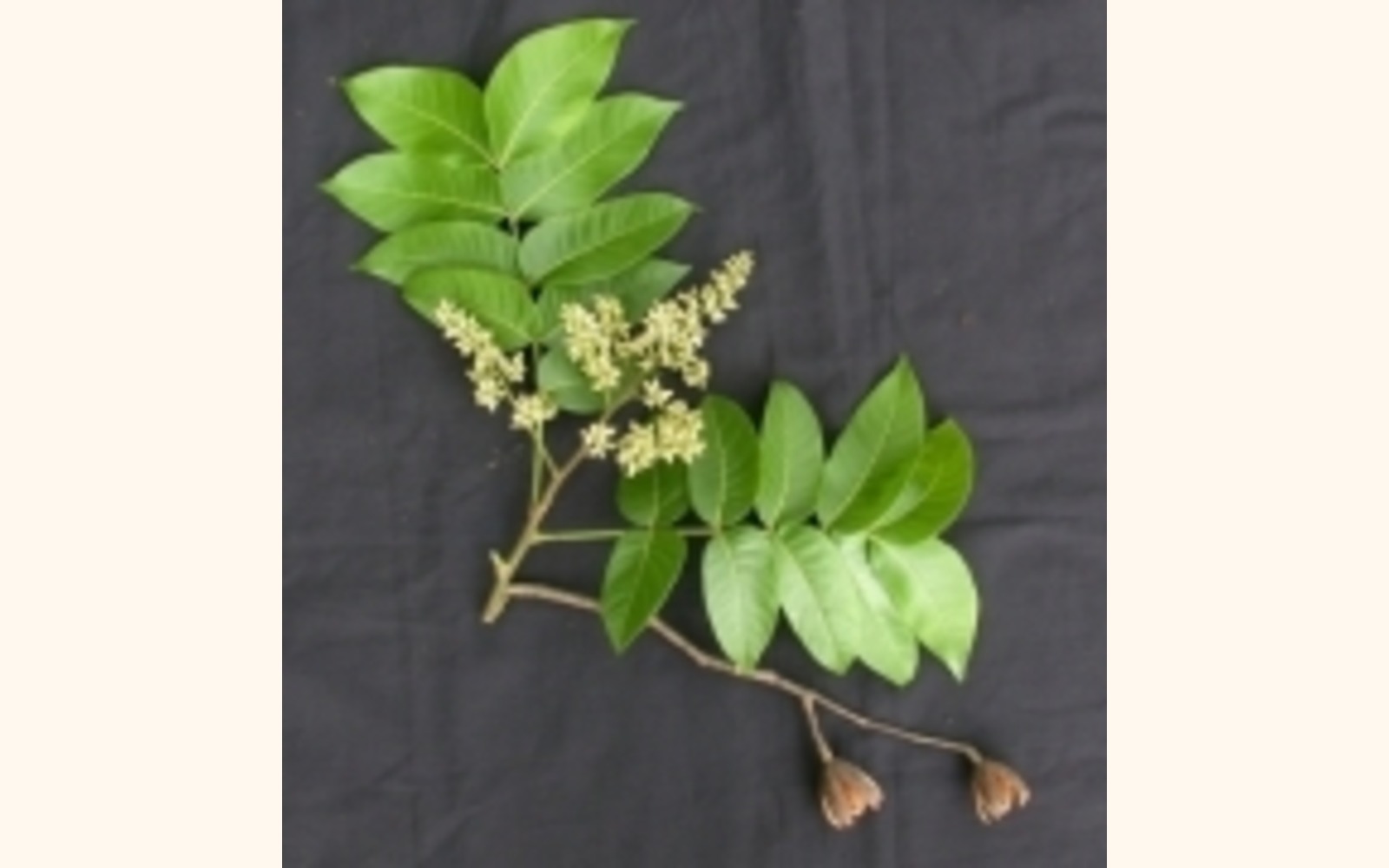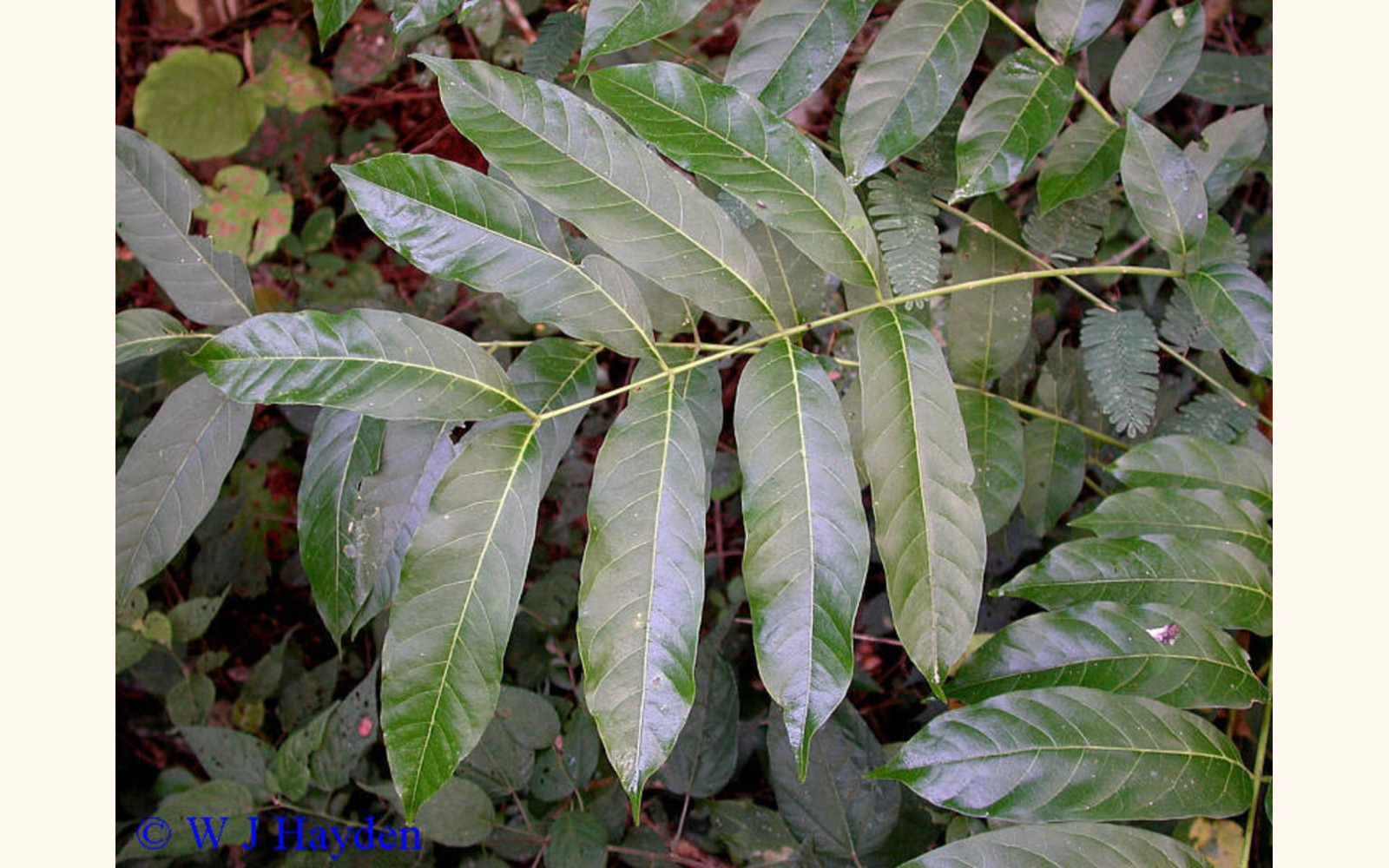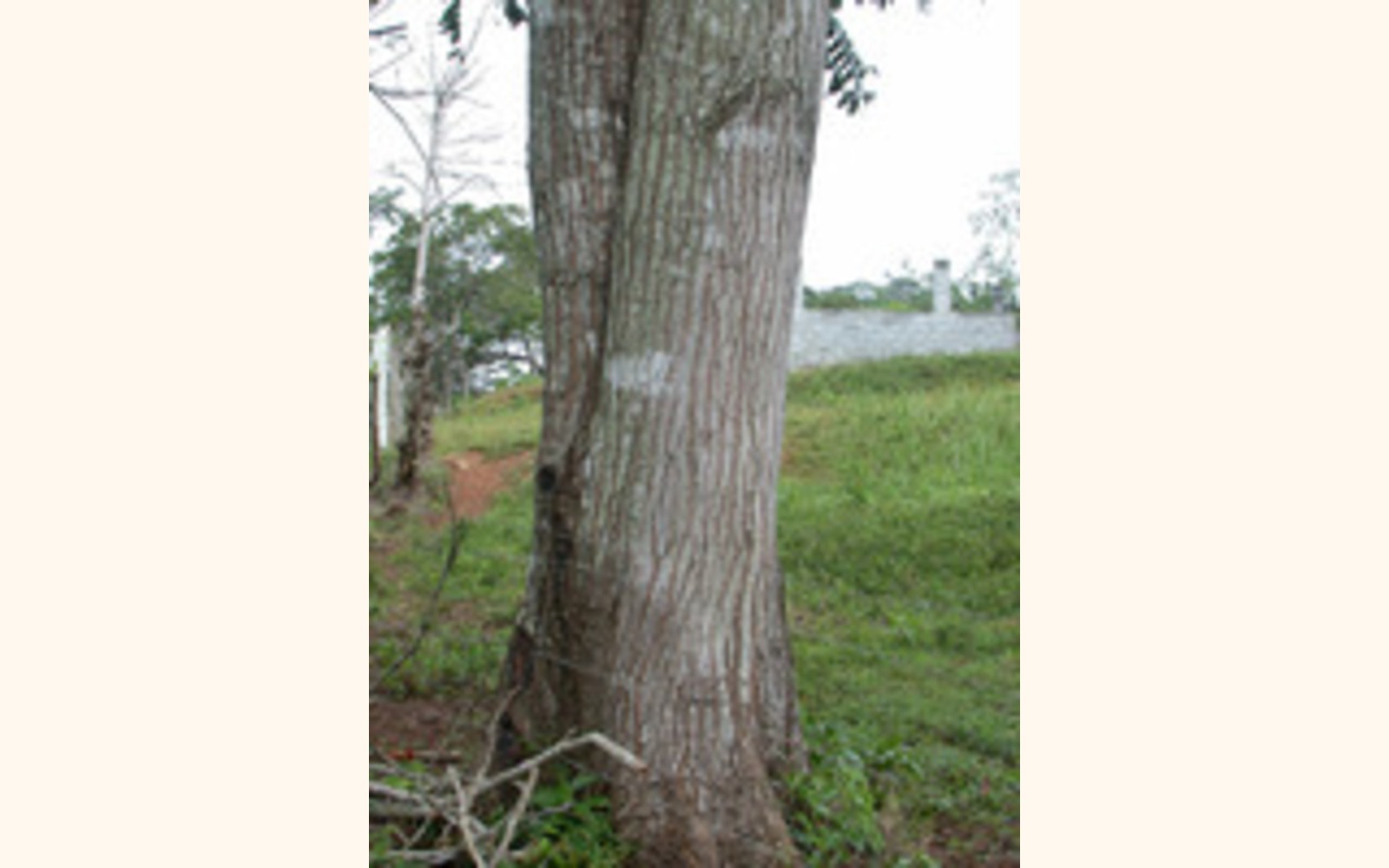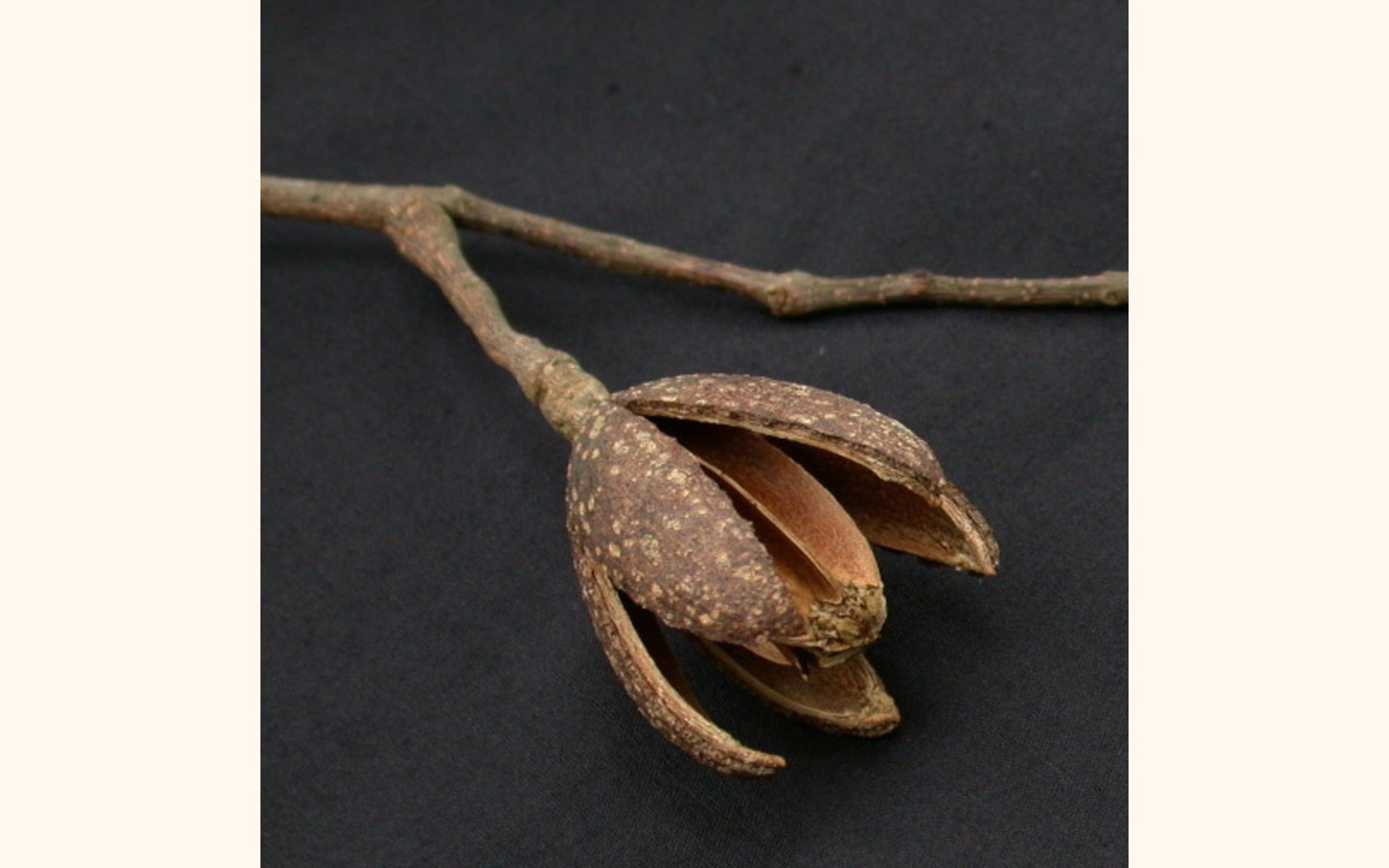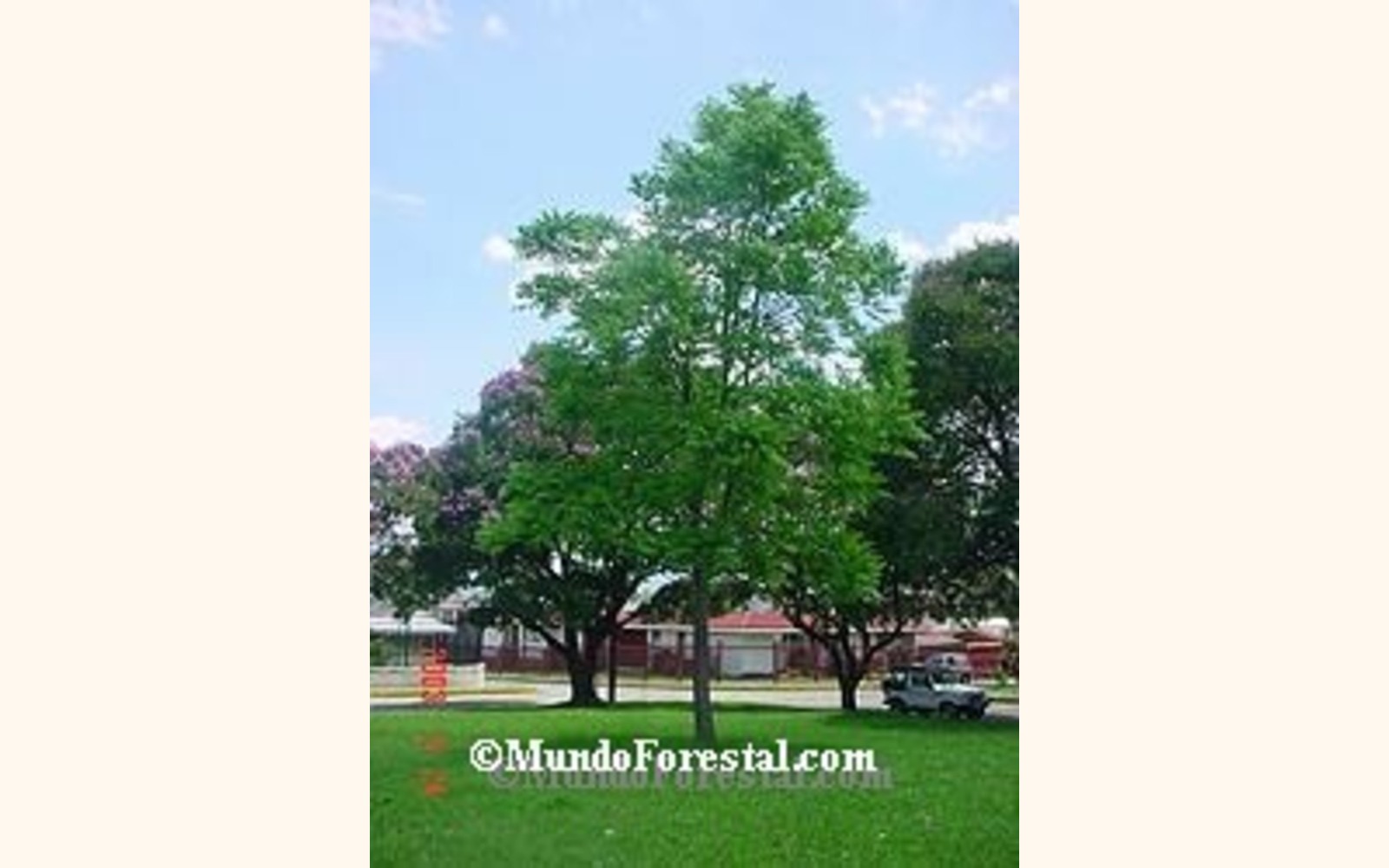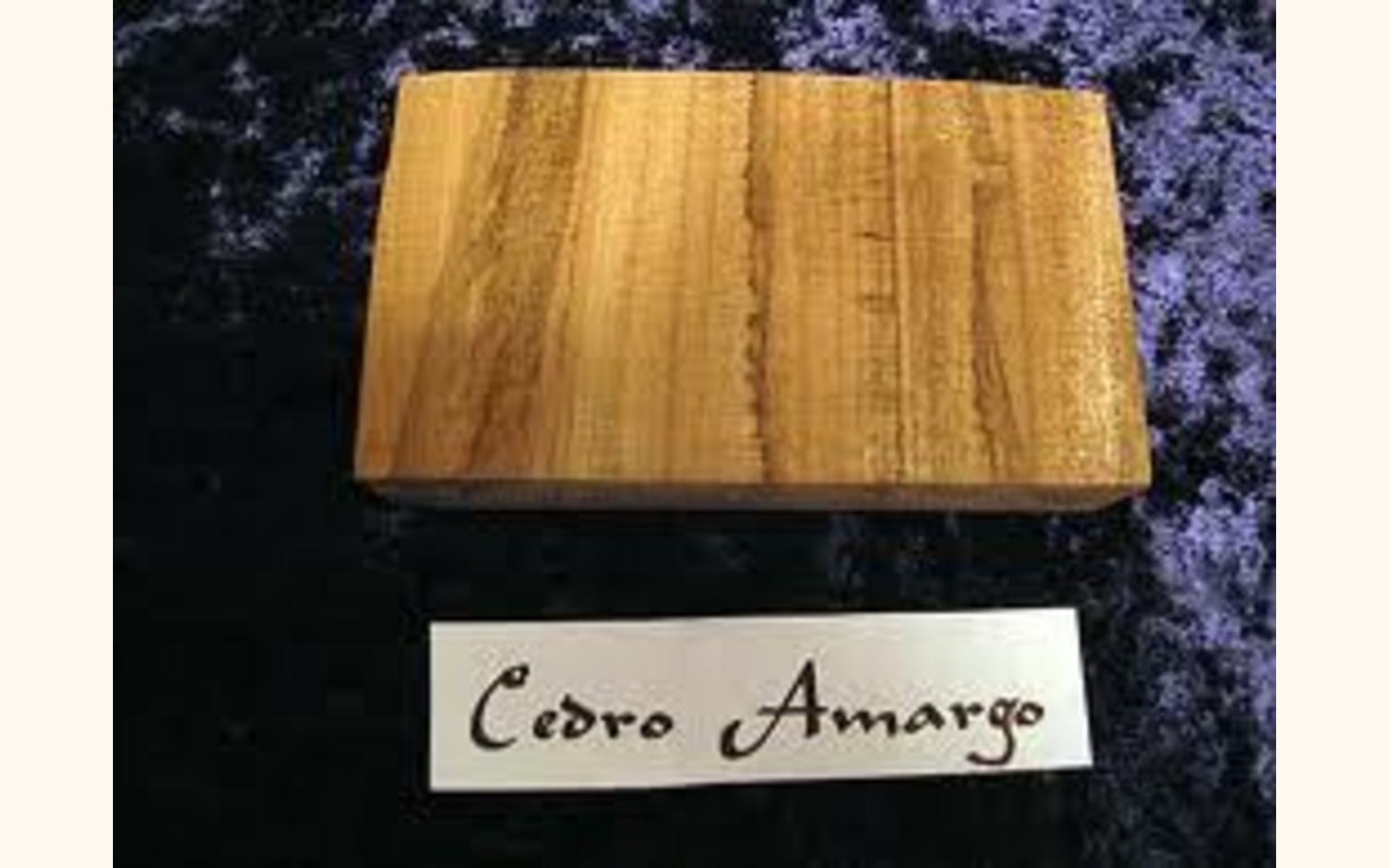
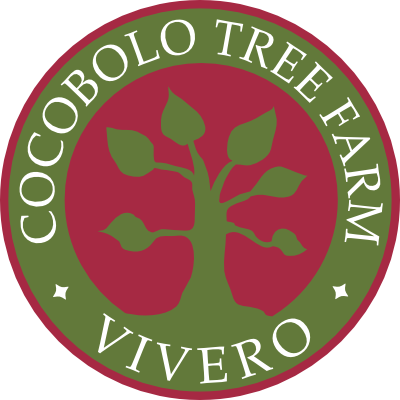
Plants > Ornamental & Shade Trees > Spanish Cedar
Spanish Cedar, Cedro amargo
Spanish cedar is a deciduous tree ranging from medium to large. Its young bark is smooth gray but becomes furrowed and sometimes turns to brown with small buttresses with age. It is native from Mexico down to South America and the West Indies. The flowers and fresh cut wood have a distinctive garlic-like smell.
Benefits Desirability:
Cedro amargo line the streets of San José. This tree has a pink reddish wood. It is valued by construction and wood workers. Cigar box and guitar makers as well as others appreciate its unique qualities. It is lightweight, easy to work with and it is insect and rot resistant.
Plant Characteristics
- Height: 35 to 40 M
Leaves
Leaves are alternately pinately compound growing in 5-7 leaflet pairs, size 7-14 cm long each.
Fruit
March through August, and December
Flowers
The woody flowers are moth pollinated tubular shaped and cream/green colored. The flowers have a distinctive garlic-like smell.Male and female flowers grow on the same tree.
Bloom Cycle
April through June
Additional Information
Natural Associations
Found at sea level to 1200 m elevation, in the dry forests of the Pacific coast, in other forests on the Pacific and Carribean. Dry forest associations are: pochote (Bombacopsis quinata) and yellow cortez (Tabebuia ochracea). Central Valley assoc
Precautions
Because of the popularity of the wood this tree is classified as threatened but could change to endangered. The mahogany shootborer (Hypsipyla grandella) can be a pest to young saplings.










